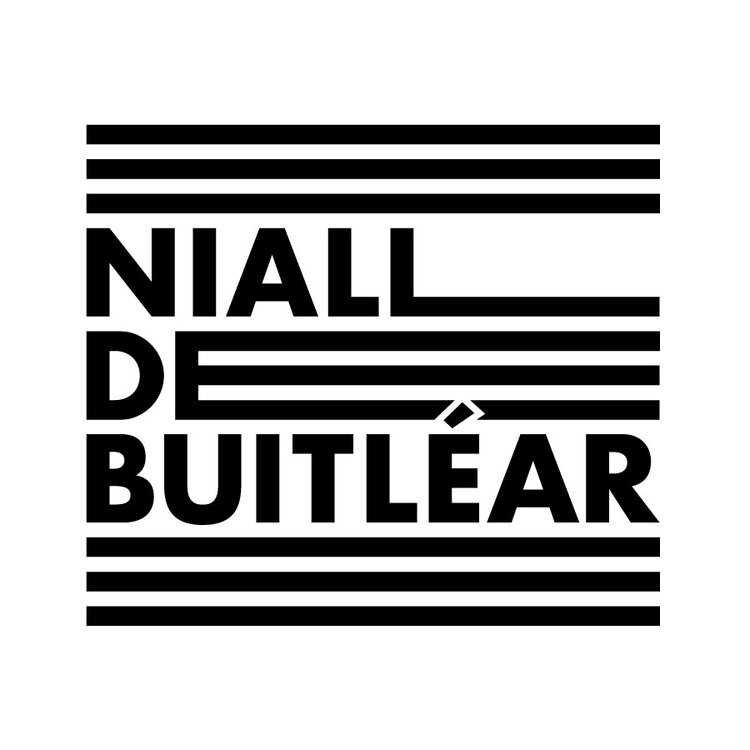Man on Bridge is an interactive documentary about Arthur Fields, a Dublin based street photographer who captured an estimated 182,500 photos of passersby on O’Connell Bridge. Arthur was out in all weather with his camera 365 days a year for 50 years.
El Zorrero Films are producing a web-based documentary that lets people learn about Arthur and allows them to submit their own Arthur Fields photo or Arthur Fields-inspired photo into the online story of the photographer.
It has been entered into the Arthur Guinness Projects and the filmmakers are looking for votes to help them secure funding to complete the project.



 , a documentary about the photographer.
, a documentary about the photographer. Francis Alys has made many of his videos available online through his
Francis Alys has made many of his videos available online through his 
 "The researchers decided to task the slime mold with a problem human designers had already tackled. They placed oat flakes (a slime mold favorite) on agar plates in a pattern that mimicked the locations of cities around Tokyo and impregnated the plates with P. polycephalum at the point representing Tokyo itself. They then watched the slime mold grow for 26 hours, creating tendrils that interconnected the food supplies. Different plates exhibited a range of solutions, but the visual similarity to the Tokyo rail system was striking in many of them"
"The researchers decided to task the slime mold with a problem human designers had already tackled. They placed oat flakes (a slime mold favorite) on agar plates in a pattern that mimicked the locations of cities around Tokyo and impregnated the plates with P. polycephalum at the point representing Tokyo itself. They then watched the slime mold grow for 26 hours, creating tendrils that interconnected the food supplies. Different plates exhibited a range of solutions, but the visual similarity to the Tokyo rail system was striking in many of them"
